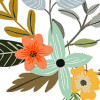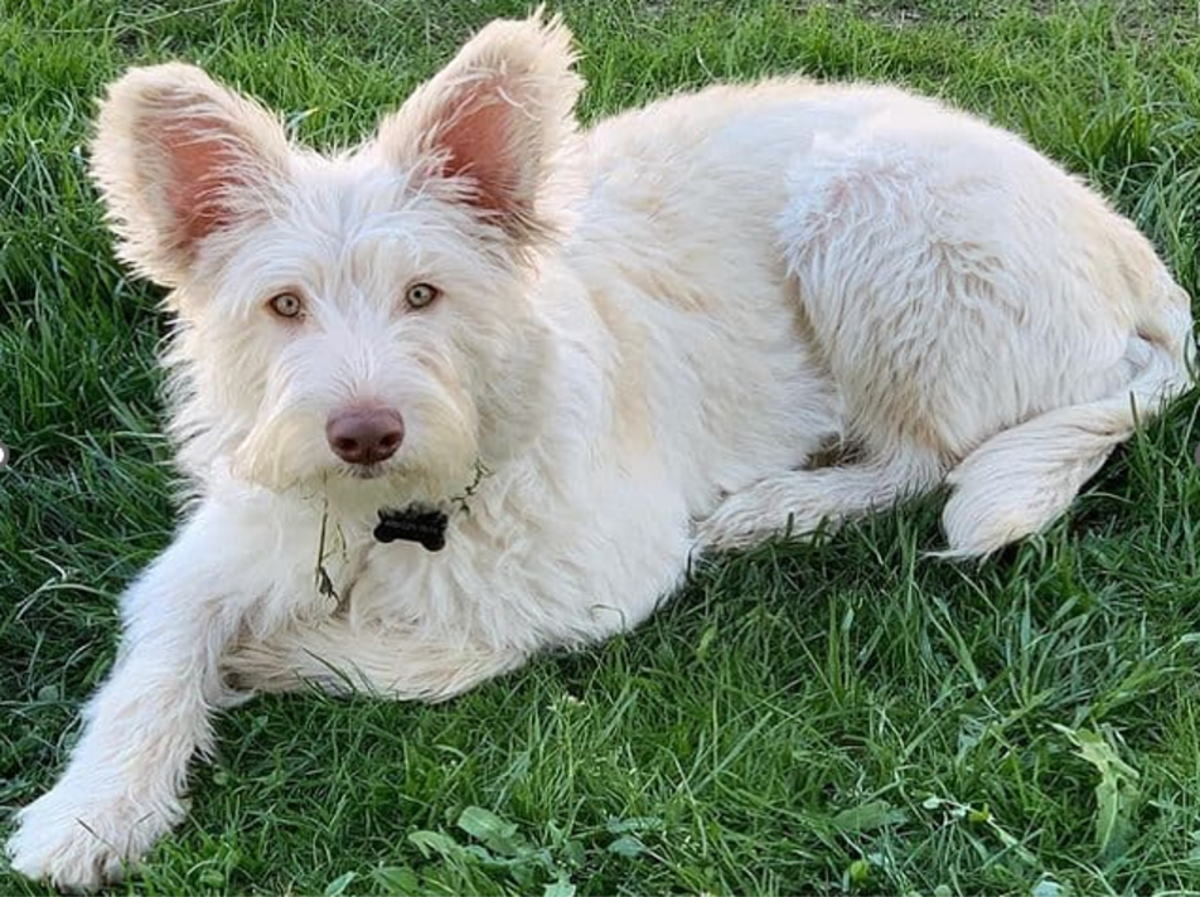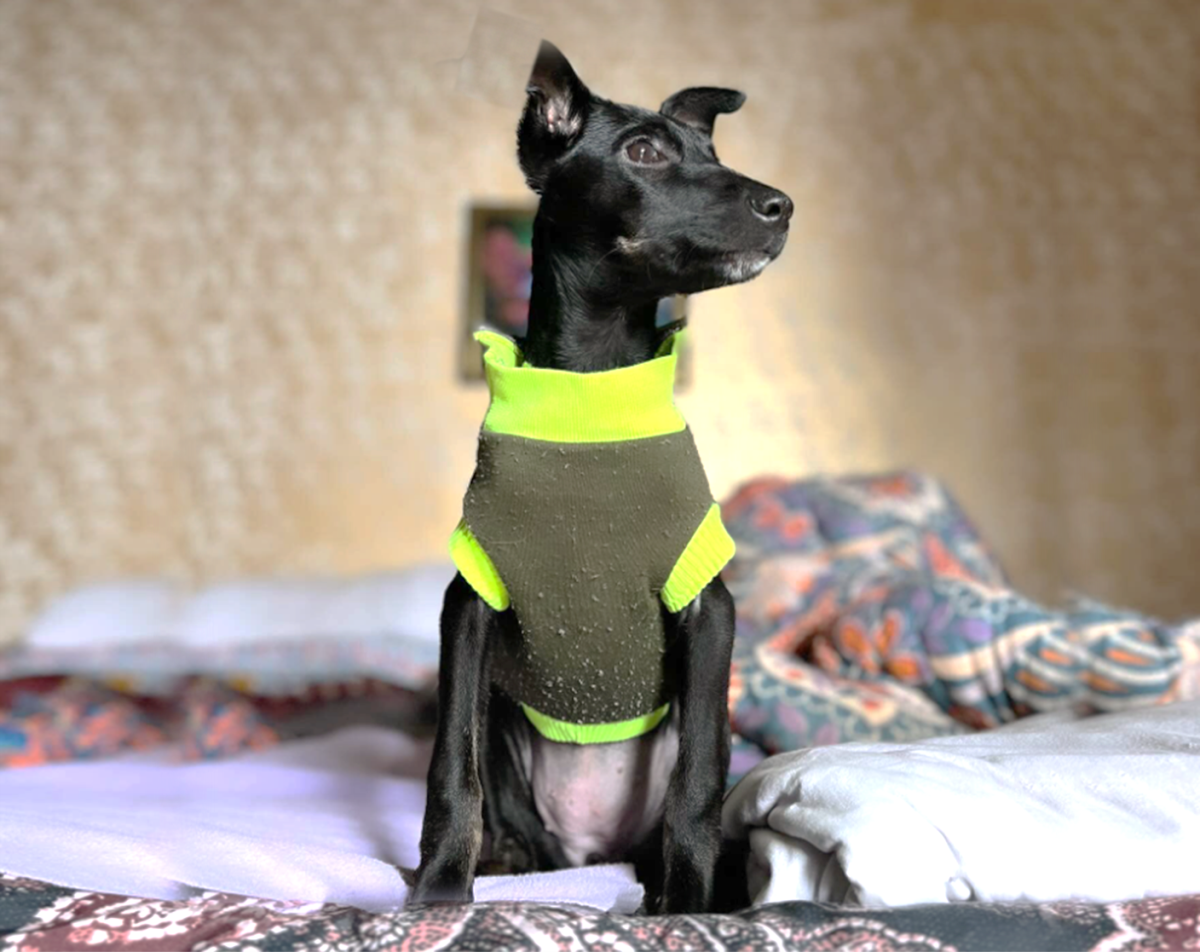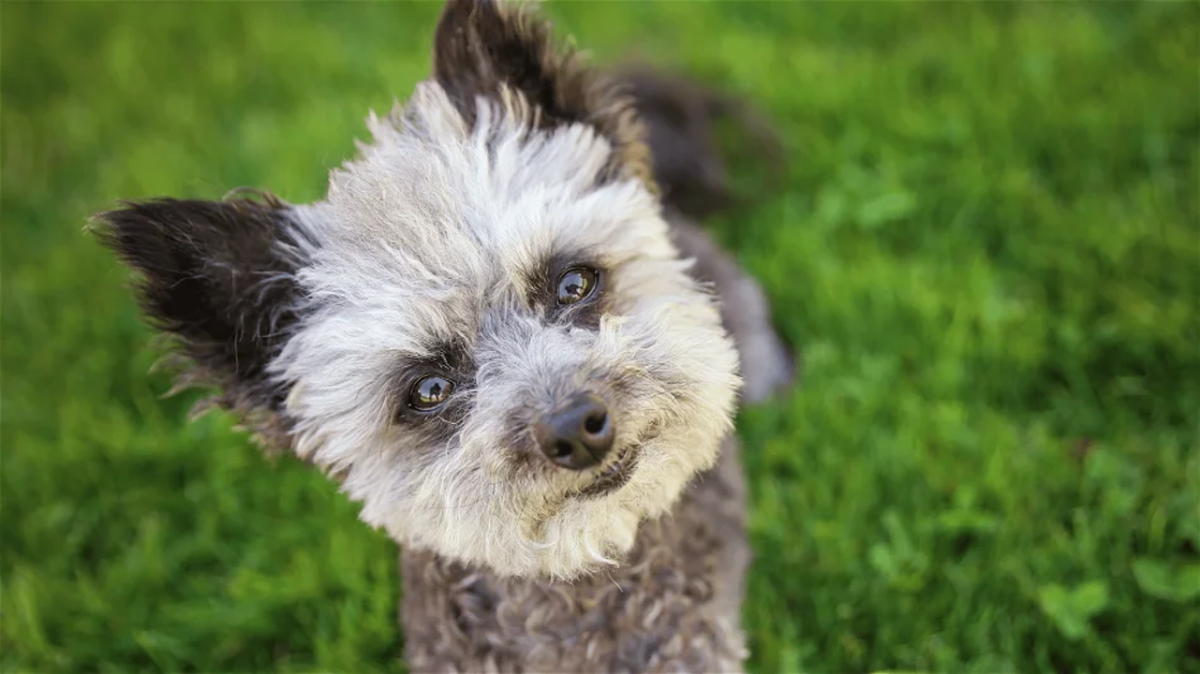How To House Train Your Dog
Setting Your Dog Up For Success!
When trying to extinguish an unwanted behavior in your dog, it's your responsibility to minimize his opportunity for failure. The less mistakes he makes, the more positive reinforcement and interaction he receives. The goal is to spark the desire to potty outside, not make him fearful to eliminate in your presence.
Your Dog's Schedule
What goes in on a schedule will come out on a schedule. Free feeding, the practice of leaving food available to your dog at all times, is a no-no during this period. Generally, free feeding is something most dog trainers will advise against entirely because it takes control of an important resource out of your hands. For house training, it makes predicting when your dog will have to eliminate much more challenging. Feed a dog one to three meals a day (depending on age and health) at the same time every day and you'll have him eliminating on a regular schedule. You'll know when he'll have to go, and you'll be able to help him make the right choice by taking him outside at the right time.
Generally, your dog will have to potty half an hour after a meal. If you must leave for more than a couple hours, a small snack will be enough until you can come home for his evening meal. It's also prudent to limit the amount of water you leave your dog with while you're away so long as it is safe to do so. You don't want him to dehydrate in an overly warm apartment on a hot summer day.
For overnight, food and water should be taken away two hours before bed time. After your dog's last successful potty trip for the evening, confine him to a safe place where he'll be unlikely to make a mess until you take him out again in the morning.
Keeping a schedule and establishing rules for your dog are an integral part of his well being, and yours if you want to avoid frustration. Dogs are happiest when part of a team and working together with you, but they will also indulge in behaviors that give immediate gratification whether it's good for them or not. For tips establishing other house rules, see the article linked below.
- Getting Back Control & Keeping It: Why Rules Are Important To Dogs
Learn to live harmoniously with your out of control canine. A basic plan you can implement immediately and will assist your dog in learning any new behavior by building his trust in you.
Going Outside... Together
Don't let your dog outside to use the bathroom when you think he has to go... take him out with you, on a leash, to the same spot every time. You have to be there to see if he's going potty. No, you cannot skip this. You must take the time out of your day, go to the potty-spot, tell him how good he is when he goes and reward him.
You should always give verbal praise when your dog starts to potty in the right area, and treats are fine if that's all you have time for, but a better "real life" reward is a walk or off-leash romp. Allowing fun time only after successful potty trips will reinforce the notion that eliminating outside is first priority. Requiring your dog to potty before a walk also does two more things. First, it demonstrates you are in charge and a fair leader by showing your dog he needs to earn the things he wants. Second, if he's going potty before the walk, he won't have to go during your excursion and you don't have to worry about it.
It's important to mention something here about being a responsible dog owner during walks. Most neighborhoods have a law that requires you to clean up after your dog, please do so. You represent other dog owners when you act responsibly or otherwise. Don't let your dog mark on things during your walk. If he stops, be attentive and pull him along. You can give an "okay" for when you wish to permit such behavior, but do not allow it constantly. Do not forget that dogs require rules and guidance, and your neighbors will appreciate when you don't let your dog pee on the front step every time you take him out. The smell can be awful. Please consider others when out with your dog.
You Went Outside But Your Dog Didn't "Go"
If you stood outside in the potty spot for 10 minutes, but your dog doesn't use the bathroom, bring him back inside and confine him to an area where you know he won't have an accident and try again in 20 minutes. A crate is a perfect spot to leave your dog if you cannot supervise him during this time. If you want to allow him more freedom, having him on-leash with you is another option, but if you let him out of your sight and he has an accident you've just taken three steps back for the one step of progress you might have made.
Your dog can have freedom in the house only when you know you can trust him. For an adult dog that's not entirely house trained, you can trust him for about 30 to 40 minutes after the last time he used the bathroom. After that time frame, if you can't supervise him put him somewhere he can't make a mistake. The space should be a small enough that he won't want to eliminate within its confines. A crate, bathroom, or any gated area will work. The minimum size of the area should allow your dog to stand upright and turn around without awkwardness. Dogs don't want to eliminate where they know they sleep, so the crate is ideal.
Remind yourself how important you are to your dog's success. You can help him avoid mistakes by following through with routine and rules. It will feel like high maintenance at first, but there is an end to this constant supervision and outdoor potty trips together.
There Was An Accident
If you catch your dog in the act, try to interrupt or startle him out of it. You can shout, clap, or use a shaker can (pop can filled with tabs, etc) to break his concentration and get him outside as soon as possible. Don't scold him. You want to redirect his inappropriate elimination to the right spot and reward it.
If you don't catch him in the act and find the mess later, you want to create a negative association with the mess being inside without creating the same association between you and your dog. Remember, you don't want him fearful of going potty in front of you or you're undoing some of your progress.
There's a silly tactic many dog owners have found very effective in communicating that a mess in the house is undesirable. You scold the mess. Yes, it sounds and feels silly to do so, but scolding the bad spot will allow you to vent at the mistake without being a detriment to the trust you've built with your dog. He'll understand that the mess makes you upset and he'll be less likely to eliminate in the house if you freak out at the mess every time.
Yell at the mess all you want. Be animated about it. Yell for 10 to 20 seconds. Grab a shoe and slap it on the floor next to the mess. Be ridiculous. When you're all done with throwing a fit at a pile of poop, calmly lead your dog to somewhere out of view before you clean it up. You just spent a bit of time putting the mess into negative context for your dog, and some dogs will view the clean up process as the opposite. When cleaning up, you often pat, sop, rub, and pet the spot your dog just made. From his perspective, you are giving the mess positive attention. This is why you want to put him out of sight, so he doesn't witness the clean up.
Make sure to use the correct product when cleaning up your dog's mess. Avoid anything containing ammonia at all costs. The scent of it will only encourage him to re-soil where he's gone before. Get a cleanser for pet messes from a pet store. There are many more options available and friendly sales staff to help you find what really works. Getting the odor out will help your dog recognize that the floor is not his potty spot, so it's very important to use a product designed specifically for cleaning up after pets.
Putting It All Together
Many dogs will grasp the concept within the first week but will need your continued vigilance and attention to schedule in order to prevent backward progress for a few more weeks. Different breeds will learn at different paces, but rest assured, all dogs can be house trained.
This method can be used for puppies and adults, but keep in mind that young puppies will need to eat more often, and will require more trips outside as a result. If you must be away for long periods of time, give them an appropriate place to use the bathroom within a larger confined space. Potty and house training pads are available at pet stores and offer a proper area for eliminating using pheromones to help guide noses to the right spot.
Things to remember:
- Scheduled feeding lets you anticipate a potty schedule.
- Going potty outside is first priority, then walks and playtime.
- Confine your dog when you can't watch him to minimize mistakes.
- Yell at the mess, not your dog.
- Clean it up properly and out of sight when he makes a mistake.
If your dog spends a lot of time confined during the day, house soiling may be what owners interpret as "acting out." A dog left alone or confined with little interaction must look for things that he enjoys to keep him occupied. Dogs only do what they find enjoyable. Eliminating in the house is a relief and therefore, enjoyable. Be sure your dog is getting enough mental and physical exercise every day to avoid built up frustration that can contribute to house soiling and other more destructive behaviors. Training away bad behaviors is about prevention and available alternatives. Always be aware of ways you can help your dog succeed.



